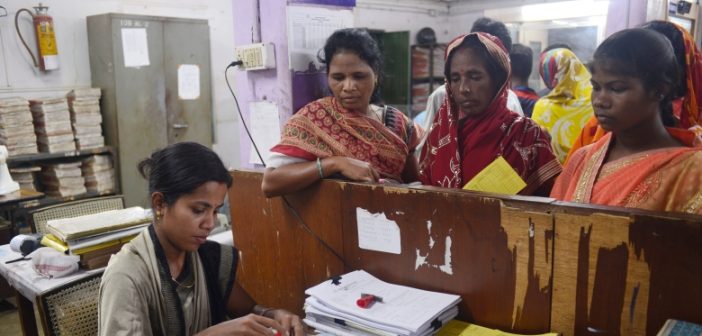The Ministry of Statistics and Programme Implementation has released the comprehensive publication “Women and Men in India 2024: Selected Indicators and Data,” offering a detailed analysis of gender dynamics across key domains such as financial inclusion, entrepreneurship, voter participation, education, and labor force involvement. The data highlights the increasing role of women in India’s socio-economic progress while underlining areas of opportunity and growth.
Women account for 39.2 percent of all bank accounts in India and contribute 39.7 percent to the total deposits, with the highest participation observed in rural areas, where they make up 42.2 percent of account holders. This strong presence reflects the impact of financial inclusion initiatives, especially in underrepresented regions.
There has also been a remarkable rise in women’s participation in stock markets, as demonstrated by a dramatic increase in demat accounts over recent years. Between March 31, 2021, and November 30, 2024, the total number of demat accounts surged from 33.26 million to 143.02 million, marking a more than fourfold growth. While male account holders continue to outnumber females, the number of female accounts has risen significantly from 6.67 million in 2021 to 27.71 million in 2024, showcasing a growing trend of financial engagement among women.
Entrepreneurship has seen a positive shift as well, with a rising percentage of female-headed proprietary establishments across sectors like manufacturing, trade, and other services. Over the years, the number of startups recognized by the Department for Promotion of Industry and Internal Trade (DPIIT) with at least one-woman director has seen significant growth, increasing from 1,943 in 2017 to 17,405 in 2024. This trend reflects a progressive trajectory in female-led innovation and leadership.
In the realm of voter participation, India has witnessed substantial progress. The total number of electors rose from 173.2 million in 1952 to 978 million in 2024. Notably, female voter registration has seen a notable rise, with female turnout surpassing male turnout for the first time in 2024. However, female voter turnout slightly declined from 67.2 percent in 2019 to 65.8 percent in 2024, while the gender gap in voting continues to narrow.
Education remains an area of strength for women, with consistently high Gender Parity Index (GPI) levels at primary and higher secondary levels, reflecting robust female enrollment. Although fluctuations were observed at the upper primary and elementary levels, GPI values remained close to parity, highlighting sustained progress in gender-balanced education.
India’s labor force participation has also shown a significant improvement. For individuals aged 15 years and above, the labor force participation rate (LFPR) in usual status rose from 49.8 percent in 2017-18 to 60.1 percent in 2023-24. This increase is indicative of an expanding role for women in the workforce, contributing to India’s economic development.
The data paints a promising picture of the strides women are making in various domains, from financial independence to political participation and leadership. At the same time, it underscores the need for sustained efforts to address gaps and promote inclusive growth for all sections of society.





